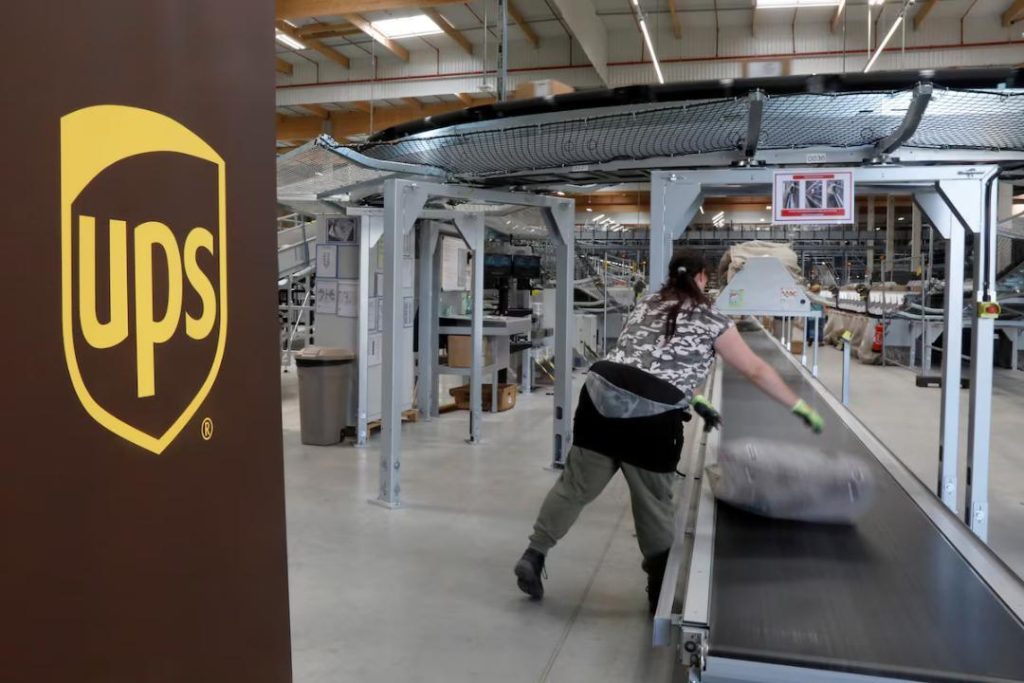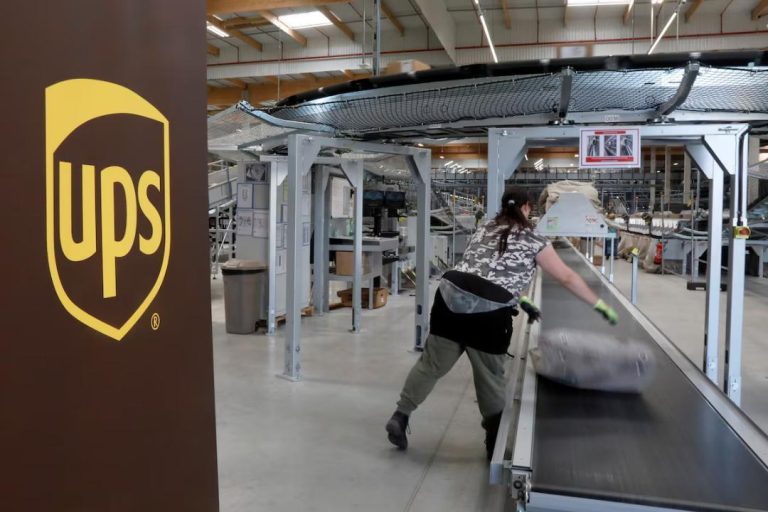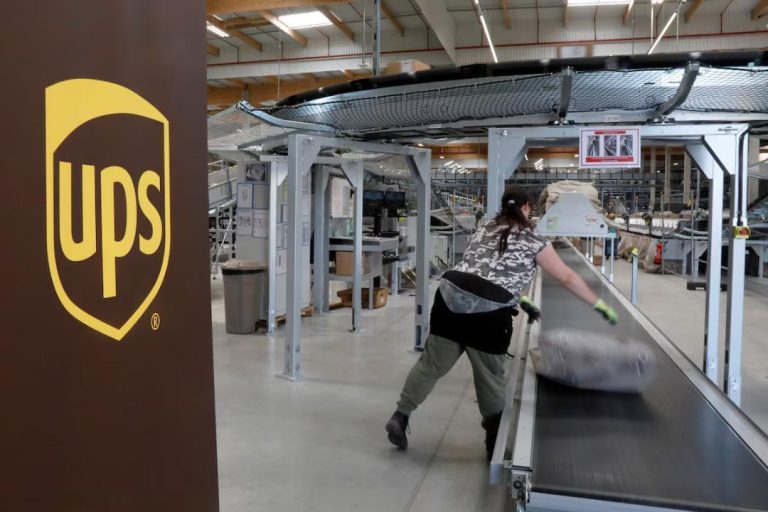
UPS to Cut 20,000 Jobs to Lower Costs & Prepare for Potential Pullback from Amazon
In a move aimed at reducing costs and preparing for a potential pullback from its largest customer, Amazon, United Parcel Service (UPS) has announced plans to cut 20,000 jobs globally. The company, the world’s largest package delivery firm, will also shut 73 facilities to streamline its operations and improve efficiency.
In a statement, UPS CEO Carol Tome said, “The actions we are taking to reconfigure our network and reduce cost across our business could not be timelier.” The job cuts and facility closures are part of UPS’s efforts to adapt to the changing logistics landscape and mitigate the impact of a potential decline in demand from Amazon.
The news comes as Amazon, which accounts for a significant portion of UPS’s revenue, faces increased competition in the e-commerce space. The company’s own logistics and delivery capabilities have been expanding rapidly, leading some analysts to speculate that it may reduce its reliance on third-party delivery services like UPS.
The job cuts and facility closures are expected to result in significant cost savings for UPS. The company did not provide a specific figure for the cost savings, but said that the moves would help it achieve its goal of reducing costs and improving profitability in the face of a potentially declining demand from Amazon.
The news has sent shockwaves through the logistics industry, with many industry observers expressing concern about the impact of the job cuts on UPS’s workforce and the broader economy. The company’s decision to cut jobs and close facilities is seen as a major shift in its strategy, and raises questions about the future of the logistics industry.
UPS’s decision to cut jobs and close facilities is not entirely unexpected. The company has been facing increased competition from other logistics providers, including FedEx and the US Postal Service, and has been struggling to adapt to the changing needs of its customers. The rise of e-commerce has led to a surge in demand for logistics services, but it has also created new challenges for companies like UPS, which must navigate complex supply chains and manage the delivery of millions of packages each day.
The job cuts and facility closures are the latest move in UPS’s efforts to transform its business and prepare for the challenges of the future. The company has been investing heavily in technology and automation, and has been exploring new ways to improve efficiency and reduce costs.
In addition to the job cuts and facility closures, UPS has also announced plans to increase its use of automation and artificial intelligence to improve efficiency and reduce costs. The company has already begun to implement new technologies, including autonomous delivery vehicles and smart packaging systems, and is expected to continue to invest in these areas in the coming years.
The news has also sparked concerns about the impact of the job cuts on UPS’s workforce. The company has a large and diverse workforce, with many employees having spent decades with the company. The job cuts are likely to be felt deeply, and may have a significant impact on local communities where UPS has a strong presence.
In conclusion, UPS’s decision to cut 20,000 jobs and close 73 facilities is a major shift in its strategy, and raises questions about the future of the logistics industry. While the company’s efforts to reduce costs and improve profitability are understandable, the impact of the job cuts on its workforce and the broader economy is likely to be significant. As the logistics industry continues to evolve, it will be important for companies like UPS to find ways to adapt and thrive in a rapidly changing environment.




